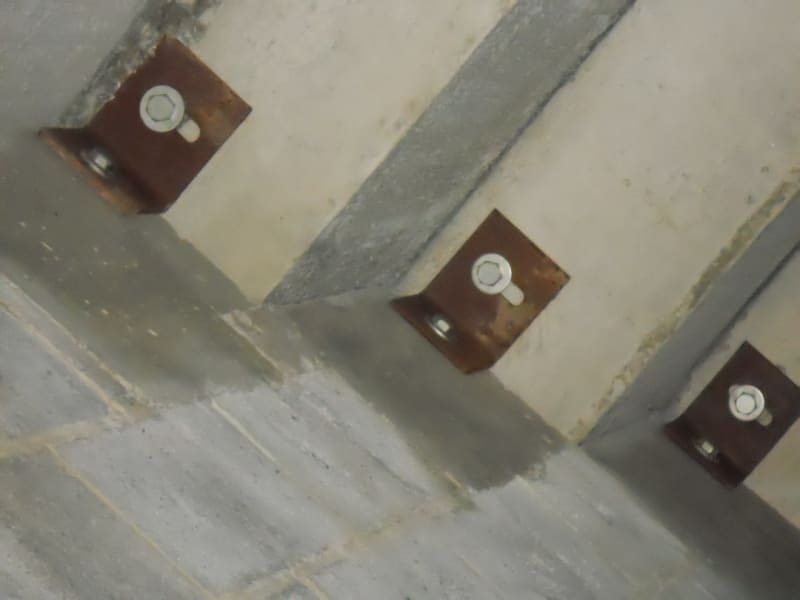Dear all,
my firm has a project where we are assessing the condition of the existing stadium structure. The stadium consists of precast bleachers supported by CMU walls. The building, in general, has a lot of issues due to the age and exposure to weather but the main concern is the excessive, noticeable deflection of the planks. The worst deflection due to self weight is approx. 1.5in and it varies throughout the structure. The plank spans 28'. I'm concerned that the planks are losing the prestress force. All planks are exposed from below, and not a single crack was observed during the inspection.
From your experience, is loss of prestress possible and would the planks deflect beyond the limit without cracking of the concrete cover? What would be the other reason for a 1.5in deflection due to self weight.
How would you reinforce or repair those planks?
my firm has a project where we are assessing the condition of the existing stadium structure. The stadium consists of precast bleachers supported by CMU walls. The building, in general, has a lot of issues due to the age and exposure to weather but the main concern is the excessive, noticeable deflection of the planks. The worst deflection due to self weight is approx. 1.5in and it varies throughout the structure. The plank spans 28'. I'm concerned that the planks are losing the prestress force. All planks are exposed from below, and not a single crack was observed during the inspection.
From your experience, is loss of prestress possible and would the planks deflect beyond the limit without cracking of the concrete cover? What would be the other reason for a 1.5in deflection due to self weight.
How would you reinforce or repair those planks?


